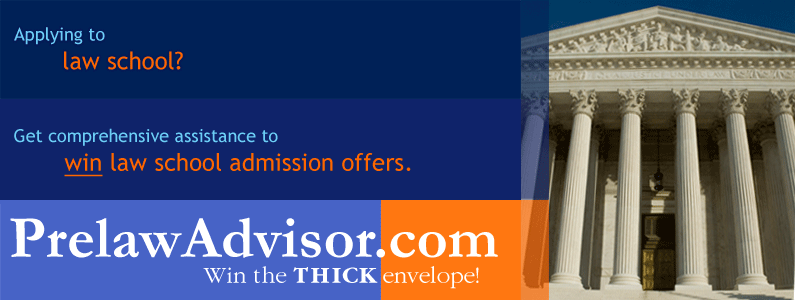Am I Ready for Law School?
 Monday, May 12, 2008 at 10:49AM
Monday, May 12, 2008 at 10:49AM In its latest form, The Bramble Bush, one of the most famous American lawbooks, is enhanced and clarified by a new introduction and notes from Professor Steve Sheppard of the University of Arkansas. Professor Sheppard’s additions are essential for the modern reader to understand the context and witticisms of Professor Llewellyn. Professor Sheppard also offers a useful bibliography of further reading on law school, the law, and preparation for law school.
The person considering law school will find The Bramble Bush challenging reading. Each sentence—and each footnote referenced—must be thoughtfully considered. The modern reader will find it dense, challenging, but ultimately insightfully enlightening…if the time is taken for a careful and thorough reading.
The book’s name was prompted by a nursery rhyme provided on the opening page. You might find Professor Llewellyn’s penchant for obscure puns a bit annoying, but the future student of the law must adjust himself or herself to the eccentricities of law professors and judges. Law professors often write to impress first their colleagues. New law students will discover a world in which the major players are only law professors. They harshly and humorously interact with each other, and they feel fully empowered to take liberty to criticize, condemn and belittle the very judges and jurists one might expect them to treat with respect.
Think of The Bramble Bush as a qualifying exercise. If you have the patience, persistence, comfort level, and interest to read it, this suggests that you are ready for law school work. If you cannot stand this book, and find it an ordeal to read more than a few pages at a time, steer clear of law school. Law school is a bramble bush. You need to prepare yourself for the reality of its experience.
The Bramble Bush offers rich and nuanced answers to questions about what the law is, the case system, the nature of law school, and your legal studies beyond the first year. You will greatly benefit if you let Professor Llewellyn (with Professor Sheppard’s essential assistance) take you by the hand for this journey. But pay close attention, don’t skim, have patience…and read every footnote as you go along.
For more information useful to law school applicants, please see my website www.PrelawAdvisor.com. For questions, send an e-mail to BradDobeck@aol.com.
